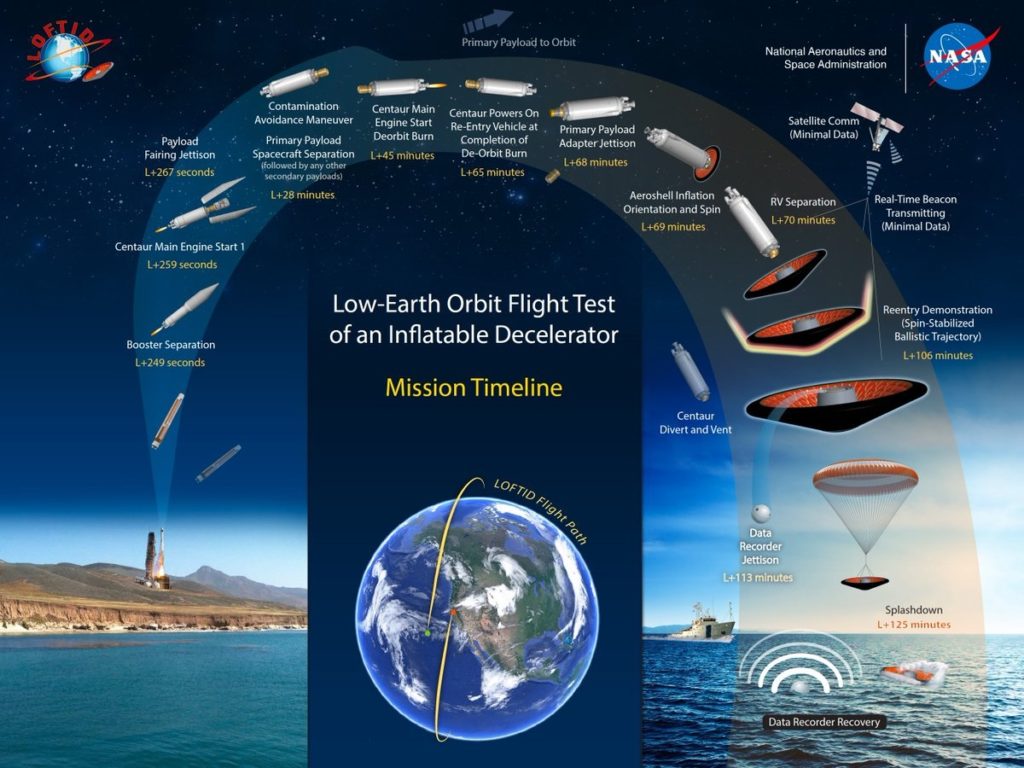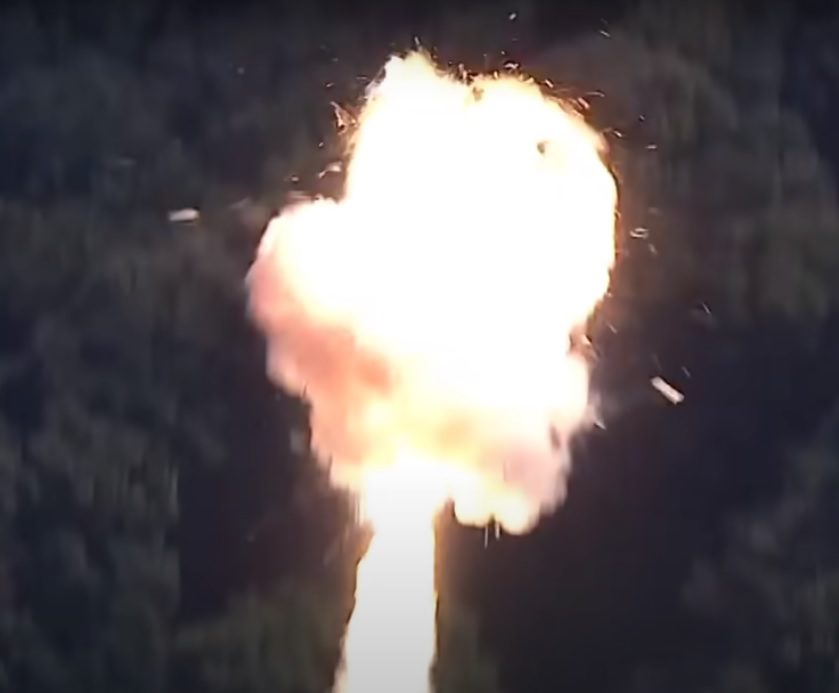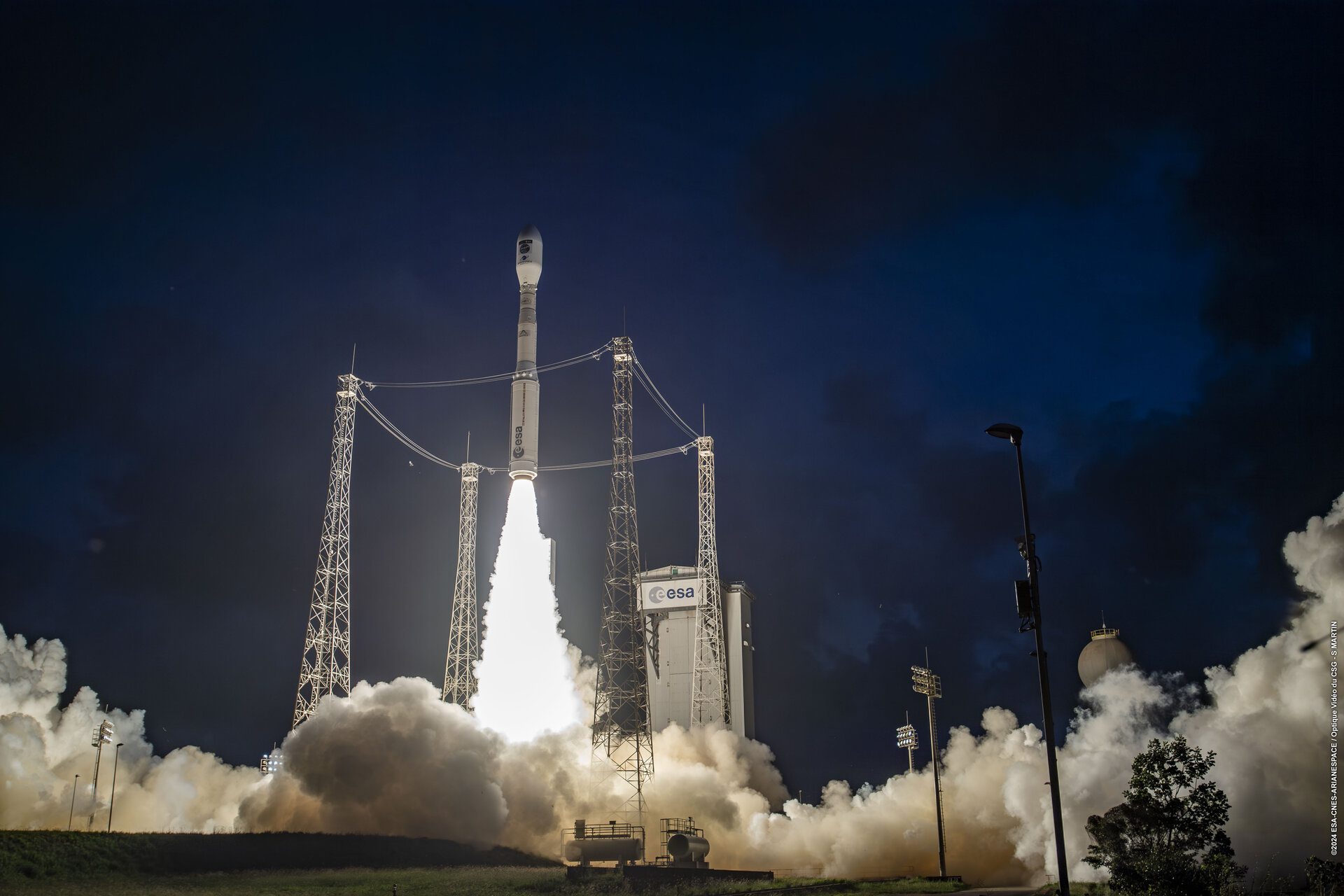The United Launch Alliance (ULA) successfully launched an Atlas V 401 vehicle from Vandenberg, California, USA at 0949 GMT on 10 November. As a main payload, the launch vehicle was carrying the Joint Polar Satellite System (JPSS)-2 environmental, meteorological and ocean observing satellite for the National Oceanic & Atmospheric Administration (NOAA) to a near polar sun-synchronous low Earth orbit. Built by Northrop Grumman it uses Northrop Grumman’s LEOSTAR 3 bus design. JPSS satellites provide sophisticated meteorological data and observations of atmosphere, ocean, and land for short-term, seasonal, and long-term monitoring and forecasting.
STOP PRESS: JPSS-2 is believed to have a solar array fault. Updates on this developing story to come.
A secondary aim of the flight was to test the LOFTID (Low Earth Orbit Flight Test of an Inflatable Decelerator). LOFTID is 6 m diameter inflatable re-entry decelerator which is attached to the Centaur for most of the flight. After the successful deployment of the primary payload (JPSS-2) the LOFTID aeroshell inflated and separated from the Centaur stage. LOFTID then successfully re-entered the atmosphere and had a parachute assisted splashdown in the Pacific Ocean. Originally NASA planned to attempt a helicopter recovery but this was later dropped from the plan.

LOFTID flight plan involved being carried to orbit and then decelerated for re-entry by the Centaur stage. Courtesy: NASA






